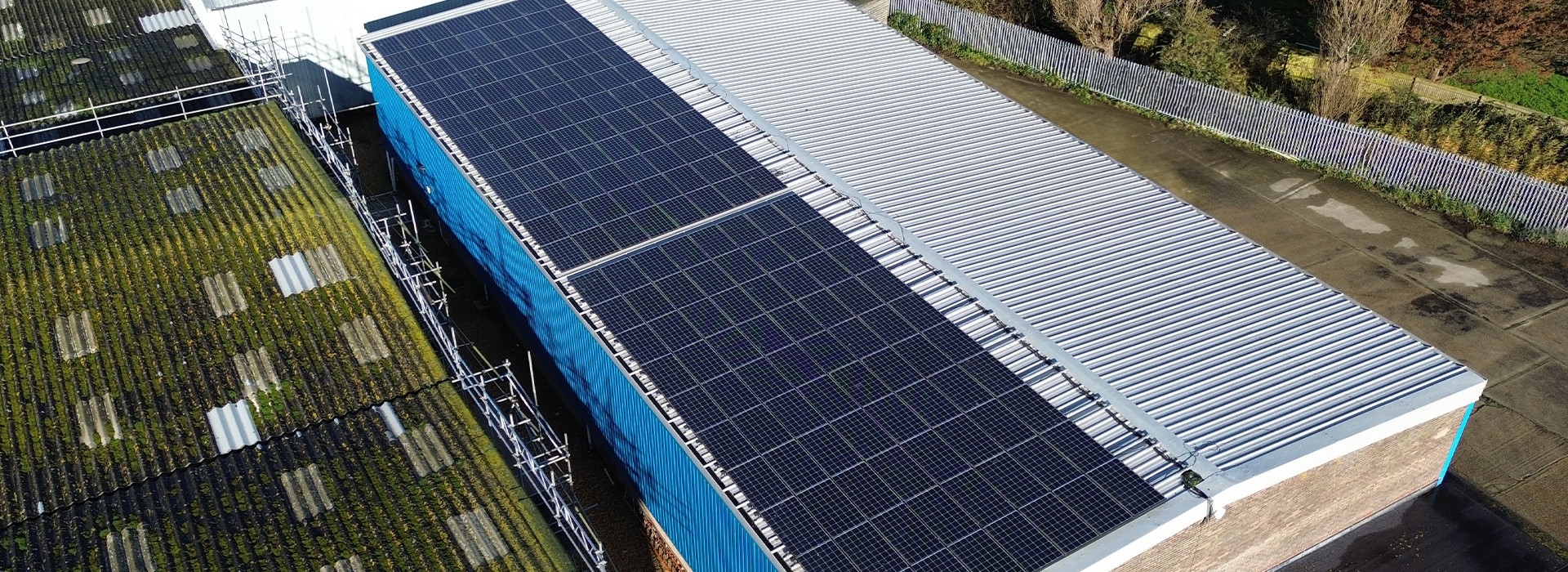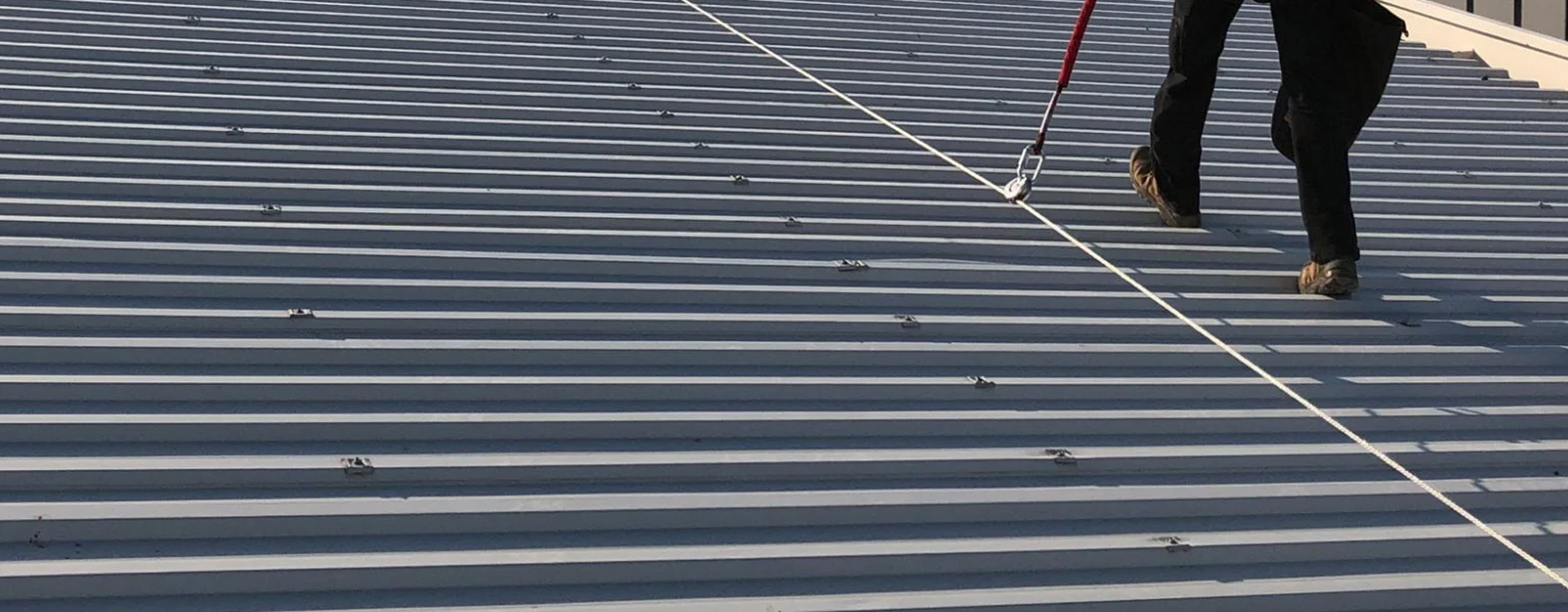Falls from height are one of the leading causes of workplace injuries and fatalities in the UK. According to the Health and Safety Executive (HSE), over a quarter of all fatal injuries in the workplace are due to falls from height. Given the significant risks, it’s essential for employers and workers to understand the UK HSE fall protection standards and how to apply them in various industries. This blog post will guide you through the key aspects of these standards, helping you ensure compliance and safety in your workplace.
What is the HSE?
The Health and Safety Executive (HSE) is the regulatory body responsible for the enforcement of workplace health, safety, and welfare standards in the UK. The HSE sets out comprehensive guidelines and regulations to prevent accidents and injuries, including those related to falls from height.
Understanding the Work at Height Regulations 2005
The primary legislation governing fall protection in the UK is the Work at Height Regulations 2005. This law applies to all work at height where there is a risk of a fall that could cause personal injury. Employers, contractors, and those in control of work at height have a duty to ensure that work is properly planned, supervised, and carried out by competent people.
Key Requirements:
Risk Assessment: Before any work at height begins, a thorough risk assessment must be conducted. This involves identifying the potential hazards, determining who might be harmed, and deciding on the appropriate measures to mitigate the risks.
Avoidance of Work at Height: The first principle is to avoid work at height wherever possible. If it can be done from the ground, it should be.
Use of the Right Equipment: When work at height cannot be avoided, the use of appropriate equipment is mandatory. This includes guardrails, safety nets, harnesses, and other fall protection systems.
Minimising the Distance and Consequences of a Fall: Where the risk of a fall cannot be eliminated, measures should be taken to minimise the distance and impact of any fall, such as using fall arrest systems.
Competence: Those involved in work at height must be properly trained and competent to perform their tasks safely.
Types of Fall Protection Systems
There are several types of fall protection systems that can be used depending on the nature of the work and the specific risks involved:
Guardrails and Barriers: These are used to prevent falls from edges, such as the edge of a roof or platform.
Personal Fall Protection Systems: This includes equipment like safety harnesses and lanyards that are designed to arrest a fall and prevent the worker from hitting the ground.
Safety Nets and Soft Landing Systems: These systems are placed below a working area to catch a falling worker and reduce the impact of the fall.
Temporary Access Equipment: Scaffolds, mobile elevated work platforms (MEWPs), and ladders are examples of equipment used to provide safe access to areas where work at height is required.
Training and Competence
Competence is a crucial aspect of the Work at Height Regulations. Workers and supervisors must receive adequate training in how to use fall protection equipment correctly and understand the risks associated with working at height. This training should be refreshed regularly to ensure ongoing competence.
Inspection and Maintenance of Equipment
All fall protection equipment must be regularly inspected and maintained to ensure it remains effective and safe to use. This includes pre-use checks, detailed inspections at regular intervals, and keeping a record of all inspections and maintenance activities.
Employer and Employee Responsibilities
Employers have a legal duty to ensure that all work at height is planned, supervised, and carried out safely. They must provide appropriate equipment and training and ensure that the work is done by competent people. Employees, on the other hand, have a responsibility to follow the safety procedures and use the fall protection equipment as instructed.
Consequences of Non-Compliance
Failure to comply with the HSE’s fall protection standards can result in severe consequences, including workplace accidents, legal action, and significant financial penalties. More importantly, it can lead to life-altering injuries or fatalities.
Best Practices for Fall Protection
To ensure maximum safety when working at height, consider the following best practices:
Plan Ahead: Always plan the work in advance, considering the safest way to complete the job.
Use the Right Equipment: Ensure that the correct fall protection equipment is used and that it is suitable for the specific job.
Regular Training: Keep up with training to stay informed about the latest safety procedures and equipment.
Monitor and Supervise: Continuous supervision and monitoring of work at height can prevent accidents and ensure adherence to safety protocols.
Conclusion
Understanding and adhering to the UK HSE fall protection standards is essential for maintaining a safe working environment when working at height. By following the guidelines set out in the Work at Height Regulations 2005 and ensuring that both employers and employees are aware of their responsibilities, the risk of accidents and injuries can be significantly reduced. Remember, safety should always be the top priority when working at height.



